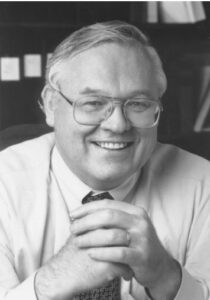Poorly maintained maintenance road separates neighbors and park, may face future sewer environmental issues | Board and College should have listened to Paul Chevalier who represented the District where the Verde Valley Campus is located when the issue came up for brief discussion last year, not ignore him

Editor: Robert E. Oliphant






 These additions come at a time when the Administration has been constantly preaching to the public at various meetings, especially those in the Sedona/Verde Valley area, that it will only invest in projects and programs where it is demonstrated by production of reliable data showing an educational and/or community need. The absence of data showing need, the administrators claim, is why, for example, it is not planning to expand and enhance the nursing program in the Verde Valley. The absence of need is why it did not build a 30,000 square foot Career and Technical Education Center on the Verde Campus; only a 10,000 square foot structure (versus 104,000 square foot CTE facility on the Prescott side). And on and on and on.
These additions come at a time when the Administration has been constantly preaching to the public at various meetings, especially those in the Sedona/Verde Valley area, that it will only invest in projects and programs where it is demonstrated by production of reliable data showing an educational and/or community need. The absence of data showing need, the administrators claim, is why, for example, it is not planning to expand and enhance the nursing program in the Verde Valley. The absence of need is why it did not build a 30,000 square foot Career and Technical Education Center on the Verde Campus; only a 10,000 square foot structure (versus 104,000 square foot CTE facility on the Prescott side). And on and on and on.
